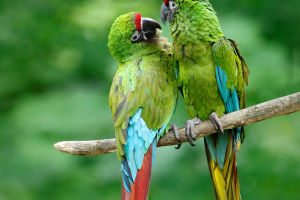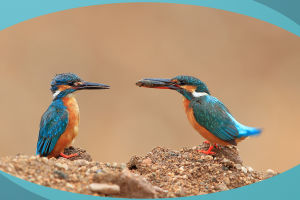The red-crowned crane has a bright red fleshy crown on top of its snow-white head, like a dazzling ruby set in a platinum crown. Red-crowned cranes are natural dancers. Really beautiful and elegant.
Their heads are bright red, their necks are elongated, their feathers are white, and their legs are slender.
The chicks have a tawny down, a lighter color on the back, a darker belly, creamy white shoulders, and fleshy red bills and legs.
The exposed part of the top of the head does not appear red until 10 months later.
The skeleton of the red-crowned crane is strong on the outside and hollow on the inside, and its strength is 7 times that of a human skeleton. As it migrates, it is often arranged in a clever wedge shape so that the following individuals can take turns taking advantage of the airflow created by the wings of the previous individual.
Therefore, it can carry out fast, labor-saving and long-lasting flight, the speed can reach about 40 kilometers per hour, the flight altitude can exceed 5,400 meters, and it can fly and make sound.
Living habits.
Food.
Food is very complex, mainly fish, shrimp, aquatic insects, mollusks, tadpoles, nereids, clams, snails, stems, leaves, roots, bulbs and fruits of aquatic plants.
Activity.
Sometimes there are as many as 40 to 50 clusters, or even more than 100. However, when they are active, they are still scattered in small groups or family groups in an area.
Perched.
At night, they mostly inhabit shallows or reed ponds surrounded by water.
Foraging grounds and nocturnal habitats are generally relatively fixed. Usually, after dawn, the groups fly to the feeding grounds to forage, still maintaining a certain distance from each other.
Moult.
Adult red-crowned cranes moult twice a year, with summer feathers in spring and winter feathers in autumn. When they completely moult, they will temporarily lose their flight ability.
Song.
The high-pitched and loud calls of red-crowned cranes are related to their special vocal organs. It has a long neck and a long tube, more than 1 meter long, five or six times the length of the human trachea.
The red-crowned crane needs a clean and open wetland environment as a habitat, and is the most sensitive indicator organism to changes in the wetland environment. This is also the reason why the number of red-crowned cranes is decreasing.


